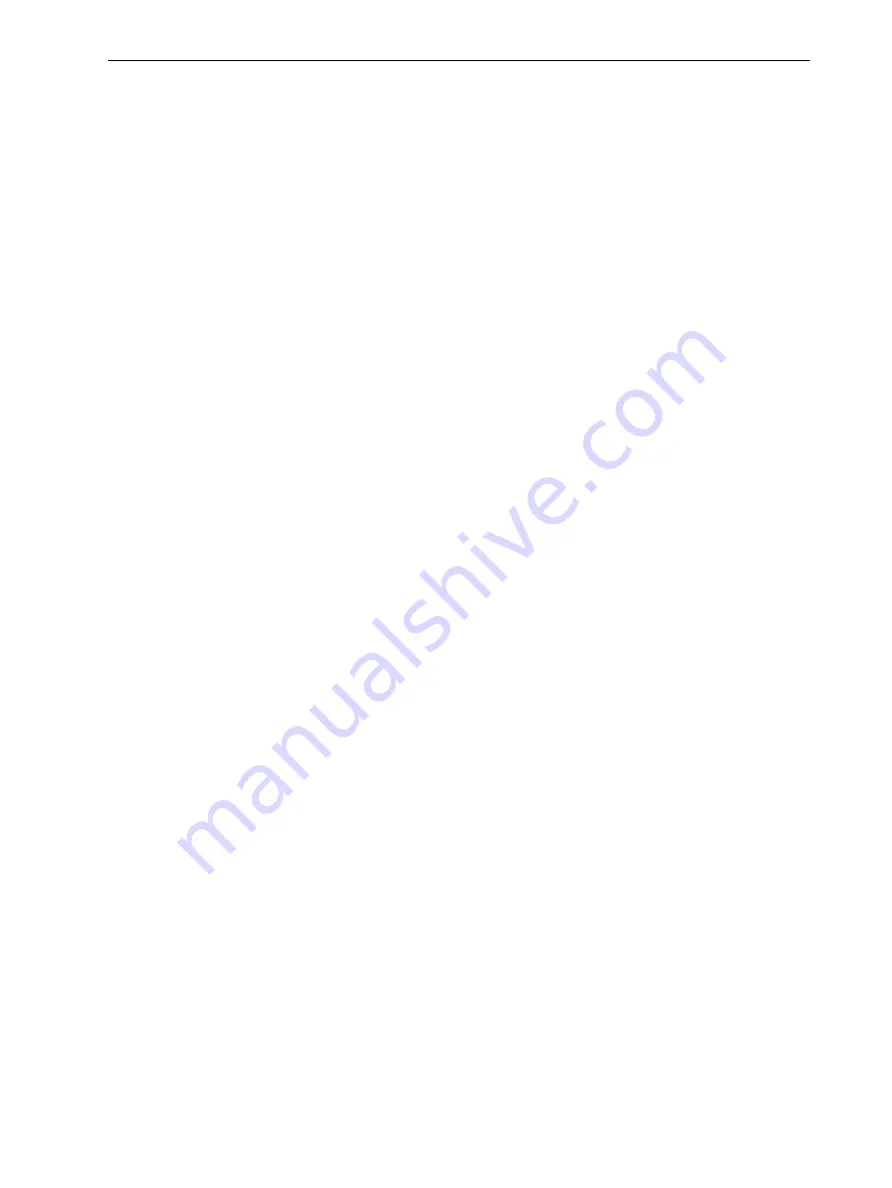
Objet260 User Guide
5 Using Objet Studio
DOC-37004 Rev. E
5-25
• The materials displayed are basic model materials. With Connex2 and
Connex3 printers, these materials can be combined to create digital
materials (see "Digital Materials" on page 5-27).
• The material displayed on the top (VeroBlack, in the figure above) is
considered the
primary
model material (“Model-1”). It is assigned to
objects that do not have a material assignment when you place them on
the build tray. For example, since
stl
files do not contain information
about the model material, Objet Studio assigns the primary model material
to them. Also, if you try to insert
objdf
files whose assigned materials are
not recognized by your version of Objet Studio, you can insert the file by
substituting the primary model material for the missing materials.
• Select
Single Material
if you want to print using only one material—all of
the material drop-down menus contain the same material. If you decide to
print with multiple materials, the material in the top drop-down menu
remains assigned to the object until you select another material.
• If you insert an
objdf
file into an empty build tray, and the model-material
assignment does not match the settings on the
Tray Settings
ribbon, these
settings are changed automatically. However, if there is an object already
on the build tray whose materials do not match the material assignment in
the
objdf
file, you cannot place the new object on the tray. To print this
object, you have the following options:
❒
Instead of printing it on the same build tray, print the new object as a
separate job.
❒
Change the materials assigned to objects on the build tray to match
those assigned to the new object (see "Changing the Model Material"
on the next page and "Assigning a Model Material to Objects" on page
5-28).
❒
Change the materials assigned to the new object before inserting it, so
there is no conflict with the settings on the
Tray Setting
s ribbon.
To change the materials assigned to an object before inserting it:
1. Open another Objet Studio window, by running the application from the
Windows
Start
menu.
2. Insert the new object (
objdf
file) into the empty build tray.
3. Change the material selection settings on the
Tray Settings
ribbon to
those used on the other build tray.
4. Assign materials to the object (see "Assigning a Model Material to Objects"
5. Select the object and copy it.
6. Display the other Objet Studio window, and paste the object onto the build
tray.
Note:
You can save the object with the new materials either as a new
objdf
file,
or by saving the original file with the changes.






























